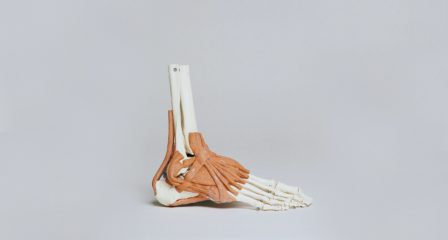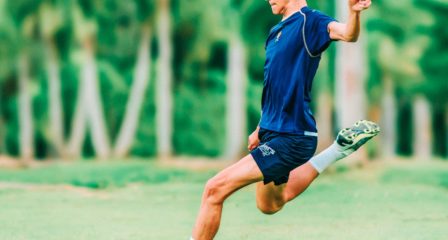HAMSTRING INJURY CLASSIFICATION AND REHABILITATION IN THE TRACK AND FIELD ATHLETE
At The Injury Clinic we see a lot of hamstring injuries, especially in the track and field athlete of multiple age groups. As with most soft tissue injuries initial diagnosis is paramount to returning to sport and reducing the risk of future injury. When treating hamstring injuries in track running it is important to consider the importance of high speed running as a part of rehabilitation. The timing, dosage and rest prescribed between efforts are all specific elements to this treatment phase, and often require a high level of communication between coach, athlete and physiotherapist to ensure the appropriate rehab is prescribed.
Presented in this blog post is Part 1 which will focus on the diagnosis and associated return to run timelines. Following this program is Part 2 which outlines specific post injury rehabilitation and preventative exercises designed to reduce the likelihood of injury in the track and field athlete.
Diagnosis is often made as a result of the athlete/coaches description of the onset and pain immediately post injury, also with the clinicians test of muscle length tests, range of motion and strength. Further to this imaging of the injured site may be required when the injury does not follow an expected timeline, there is reduced improvement with rehab and return to running or intra-tendon damage is suspected.
Diagnosis based on British Athletics Muscle Injury Classification:
-
Myofascial:
-
Pain may be sudden or a gradual increase during effort, ROM and strength on assessment is often retained, with pain present.
-
Often return to full strength at or before 3 weeks
-
Early return to running (within first week) is important, monitor symptoms and fatigue.
-
Rehab progression: 5x50m 50% pace with high between effort rest, return to previous gym load, slow inc in speed over shorter distance and increased rest all achievable with 7-10 days post injury.
-
-
Muscle-tendon Junction:
-
Often sudden onset with high velocity, maximal sprint/jumping.
-
Strength and range of motion is reduced with testing, revealing pain.
-
Return to maximal running is function based, but will require a lot longer than myofascial due to muscle healing phase from 4-6 weeks.
-
Running is introduced based on pain/strength and ROM. Athletes will be kept at a lower speed to allow muscle adaptation and reduce increased elongation of muscle fibres during this phase.
-
During return to running phase, specific muscle strengthening is vital to improving function, with focus on specific isolated programs to promote healing and improve adaptation to running exposure.
-
-
Intratendon:
-
Intra-tendon injuries occur during sudden high speed movements and stretch of the hip and knee.
-
Strength and ROM testing may not be greatly affected and can often improve dramatically in the early phase of management if less muscular tissue is affected. This can provide a false expectation for coach/athlete and physio as return to running may be introduced too early in rehab prior to tendon adaptation. For this reason, for the delayed improvement, MRI scan is often used for the suspected intra-tendon injury.
-
Return to sport is delayed due to increased tendon healing time which may be 10-12 weeks.
-
Rehabilitation required extended periods at each stage, returning to high speed running prior to adaptation and strength is at higher risk of re-injury or delayed healing.
-
Jogging and early 50m efforts may be introduced at the 4-6 week timeframe, with increased focus on recovery.
-
Part 2 will describe rehabilitation exercises and appropriate return to sport loading.



